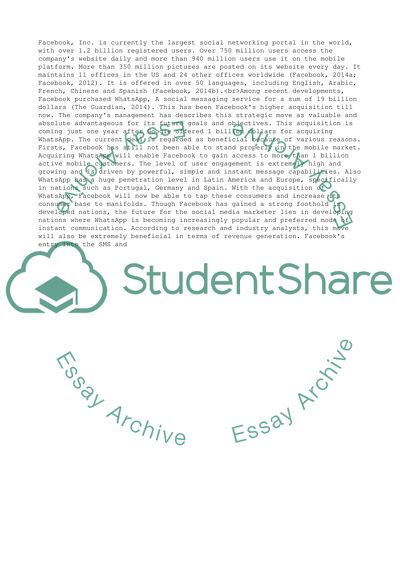Cite this document
(Strategic Managment (FIRST HALF) SECTION 1 TO 5 Case Study, n.d.)
Strategic Managment (FIRST HALF) SECTION 1 TO 5 Case Study. https://studentshare.org/management/1808097-strategic-managment-first-half-section-1-to-5
Strategic Managment (FIRST HALF) SECTION 1 TO 5 Case Study. https://studentshare.org/management/1808097-strategic-managment-first-half-section-1-to-5
(Strategic Managment (FIRST HALF) SECTION 1 TO 5 Case Study)
Strategic Managment (FIRST HALF) SECTION 1 TO 5 Case Study. https://studentshare.org/management/1808097-strategic-managment-first-half-section-1-to-5.
Strategic Managment (FIRST HALF) SECTION 1 TO 5 Case Study. https://studentshare.org/management/1808097-strategic-managment-first-half-section-1-to-5.
“Strategic Managment (FIRST HALF) SECTION 1 TO 5 Case Study”. https://studentshare.org/management/1808097-strategic-managment-first-half-section-1-to-5.


